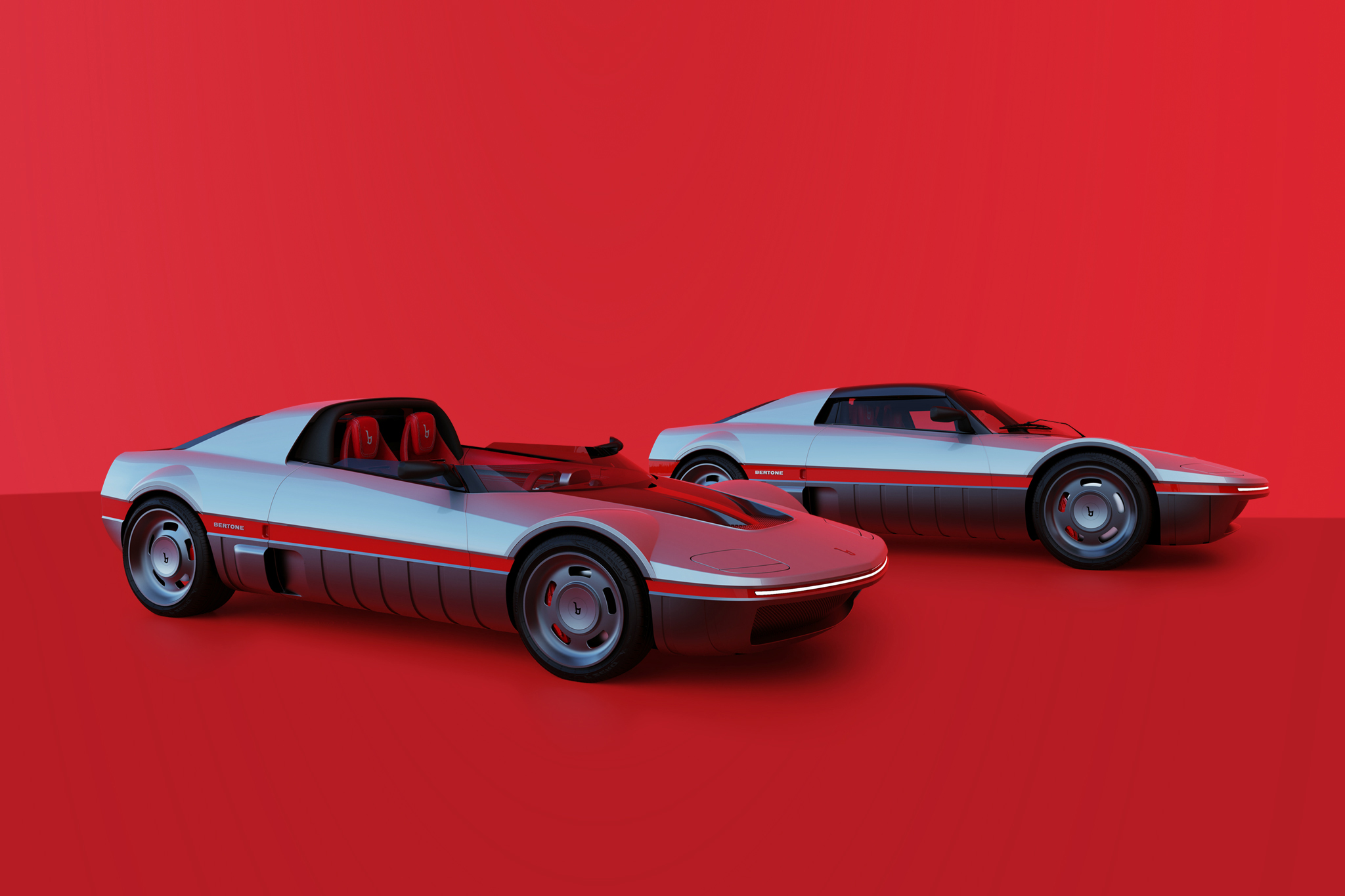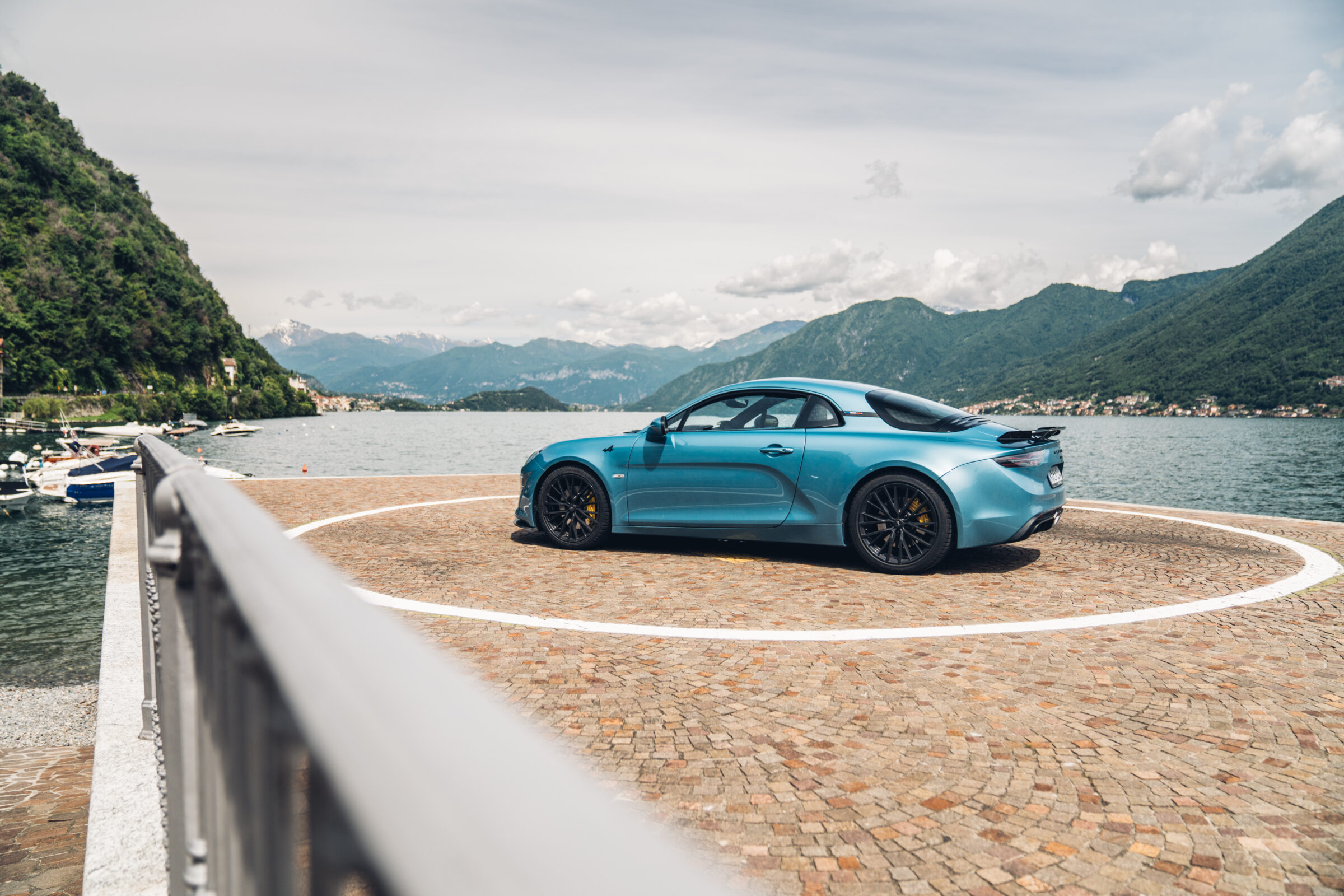Veritas Scorpion
Have you ever heard of the German sportscar maker Veritas? It existed shortly after World War 2 and was founded by two former BMW employees Ernst Loof (race director at Mille Miglia 1940) and Lorenz Dietrich (former sales manager) as well as Werner Miethe (six-day cyclist) and Georg “Schorsch” Meier, a multiple motorcycle champion and former racing driver with Auto Union. Starting in 1947, they worked on a potential successor for the BMW 328 Roadster, a very competitive sports car from pre-war era. Based on this successful car they developed a first prototype, which was deliberately suitable for both road use and racing.
With this first car and a second prototype Veritas achieved some first small victories in motor racing and got some customer orders in. In this early post-war years Germany was dominated by black markets and swaps, which is why Veritas accepted customers to make a small down payment and then deliver base chassis and other materials needed for their new cars. One year after the company was founded, it moved from Hausen am Andelsbach to a larger site in Meßkirch. In addition, the French officer Jean-Baptiste Lefêbvre replaced the previous shareholder Georg Meier within the Veritas GmbH. Class victories in the first major race of the company at the Hockenheimring 1948 led to further orders. To continue those successes in motor racing, former BMW technician Ernst Zipprich developed a new inline-six cylinder engine with overhead camshaft on behalf of Veritas, financed by the Swiss entrepreneur Herrmann Trümpy. This was used in new racing cars, but also slightly de-tuned in roadworthy sports cars.
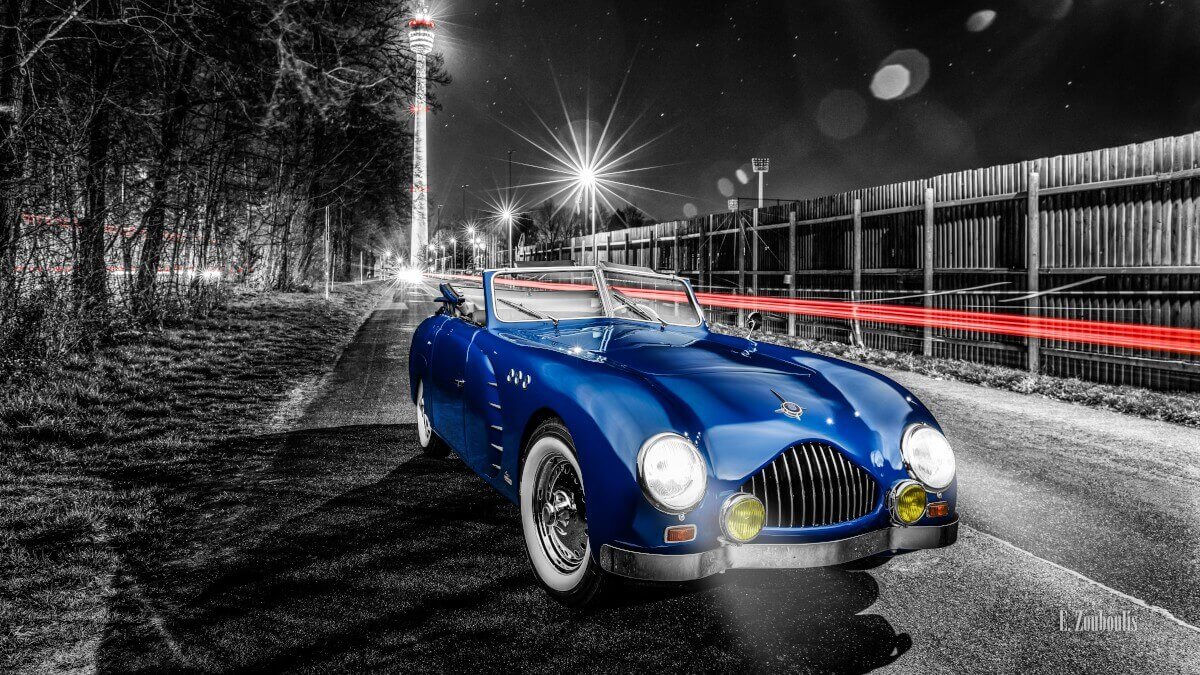





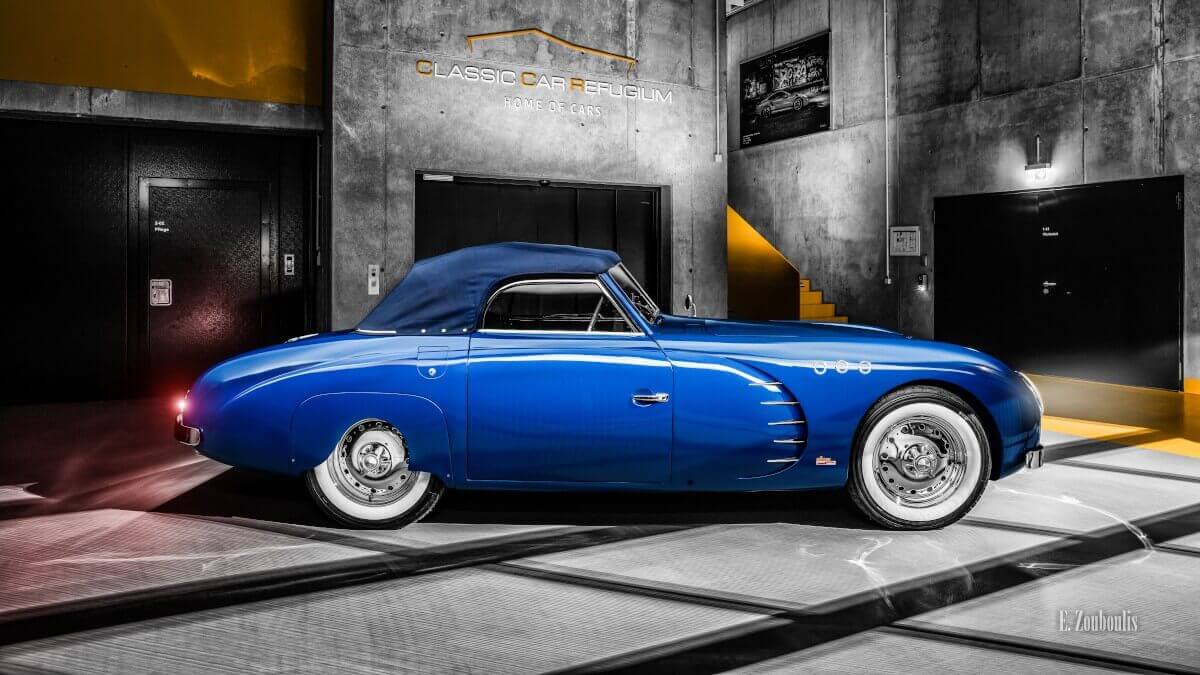





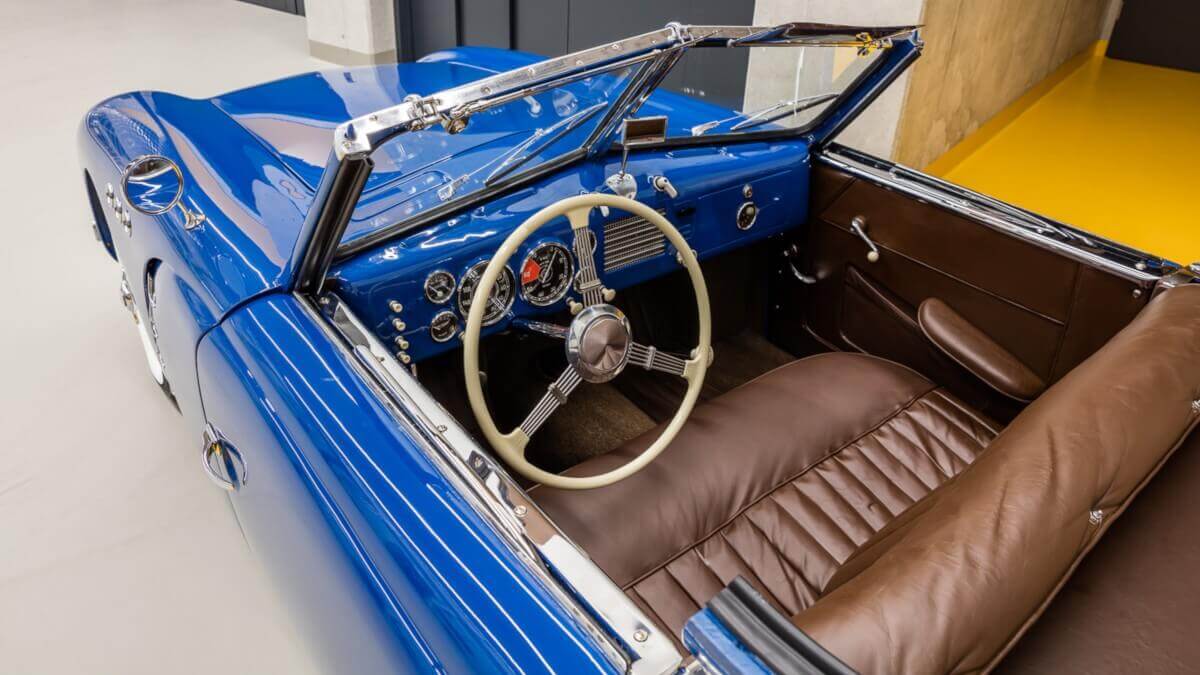

For normal customers Veritas developed the sports cars ‘Saturn’ as a coupé and ‘Scorpion’ as a convertible, of which all together probably only seven to ten cars have been built due to their high base prices. While the streamlined racing car bodies were created in-house, the low-volume production for the road was coachbuilt by Spohn and Hebmüller. Compared to other Spohn creations from the 1920s and 30s, the Veritas Scorpion almost shows a mainstream design. The two-liter engine delivered about 100 hp from factory, which reached the rear wheels via a five-speed manual gearbox with unsynchronized first gear. At the front, the chassis works with double wishbones and at the rear with a De Dion axle, with all around spring bars ironing out bumps from the road. The 1.1-ton sports car could get up to 160 kph. After some in-house changes, Ernst Loof moved Veritas to the Nürburgring, but had to close the gates finally in 1953 after financial trouble. Various sources assume that not even 100 genuine Veritas sports and racing cars have been built in the roughly seven years. True car experts could now argue that there was a reviving of Veritas at the beginning of the current millenium, but failed terrific and is therefore not further shown at this point.
One of the rare Veritas Scorpions will now be auctioned by Bonhams as part of Monterey Car Week on The Quail. Three years ago, the auction house already auctioned another copy at the same venue and scored a hammer price of 907,500 US$. For this year they only expect between 500,000 and 700,000 US$, which seems a bit odd. As in 2015, they offer again a well-restored example, which was extensively looked through and cosmetically refreshed in its blue paintwork and brown interior just recently by BMW Classic in Munich/Germany. A complete restoration already took place in the 1990s. In December 2017, the TÜV gave its blessing to the completed work in the form of a historical licenseplate allowance. In order to be up to current traffic conditions, the Scorpion received a modern radiator with electric fans and an oil cooler. The sale includes a comprehensive documentation including service bills and invoices from the restoration.
Images: Bonhams, E. Zouboulis


